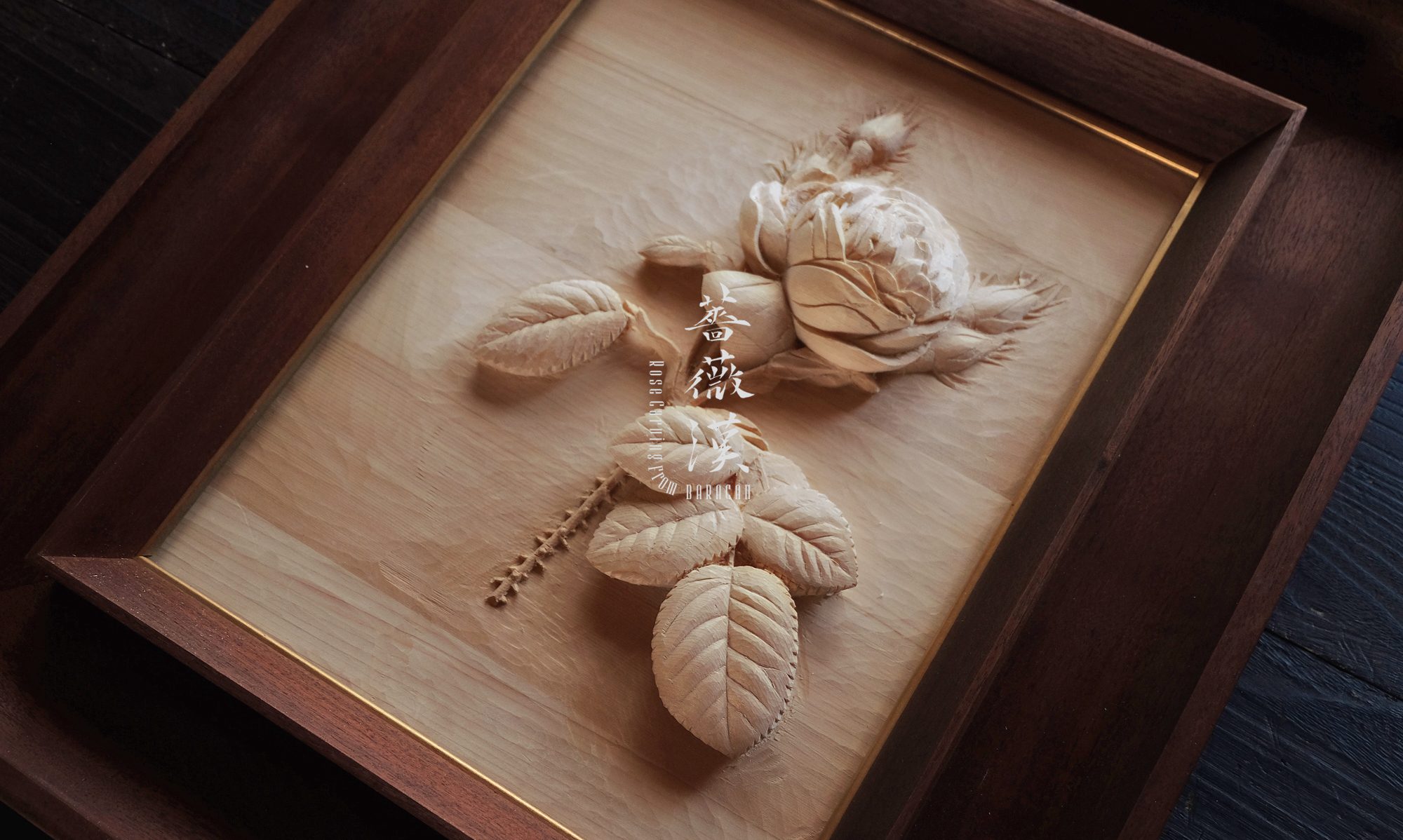
仏像彫刻の道具
上の写真は、私の愛用の道具の一部です。
数えた事はないですが100本以上あるのではないかと思います。
仏像を本格的に彫る場合は彫刻刀が沢山必要になります。
仏師さんがテレビや雑誌、ネットなどで仏像を紹介している場面がありますが、その片隅にある道具に興味をもたれたりする方もおられます。
同業者ならなおさら、どんな道具だろうかと気になる所だと思います。
そんなたくさんの道具をどのように使うのか、どのような気持ちで接しているのかという事を少し掲載してみたいと思います。
Tools for Buddhist sculpture
These tools in upper picture is part of my favorite tools
I never counted how many chisel I have
I think maybe more than 100 chisel I have
If you are genuinely sculptor of Buddhist statue
you need many chisel
some one may being interested in tools for sculpture by
image on a television or website or a scene in introduced Buddhist statue
if these person in the same profession the more they will interested
This chapter introduce how to use these tools
and how do I feel while use these tools

Actually there are lot of tools for sculpture for Buddha statue
in upper picture besides this
so these tools in upper picture is part of my tools
but I will introduce these tools one by one
First tools is Into
that chisel introduced below picture
this is chisel of high usage frequency
and Hirato(one of chisel also)is secondly high usage frequency
it is the lower image more
These chisels Into and Hirato have tow kind of edge
It is straight edge and Round edge




そしてもう一つ代表的な彫刻刀として、すぐ上の画像の彫刻刀ですが、丸刀があります。
丸刀と書いてマルトウと普通は呼びますが、私たちはガントウと読んで使います。
丸刀は、彫り始めの粗彫りの段階では極力使わないようにしています。
丸刀を粗彫り段階で使用すると、木を彫りすぎてしまう恐れがあるのと、もう一つ粗彫り段階で丸刀を使いすぎると、木彫が慣れてない人のように見えてしまう場合があります。
つまり、初心者の段階では丸刀や三角刀などを粗彫り段階で使用すると、とても使いやすくて多用してしまいます。
そうすると、木彫の全体のバランスがうまくとれない事が多いのです。
かといって初めて彫る人にいきなり印刀や平刀を使って高度な彫刻を粗彫りでかっこ良く彫ってもらうのは技術的にもできない事なので、私は、楽しんで彫るぶんには何を使ってもよいと思います。
現に私も、昔は丸刀や三角刀を早い段階で使用して、彫りすぎて失敗したりしたり、どこを彫れば良いのかわからなくなってしまう経験は数えられないぐらいあります。
だれでも、沢山彫刻刀を握り、数をこなす事で手が慣れてきて粗彫りをかっこ良く見せたいという意識を持ち続けたら、いずれ粗彫りの段階でもかっこ良く彫れるようになります。
かといって全く丸刀を使わずに粗彫りをしてはいけないということはなくて、彫る対象の形状や、隙間など丸刀をつかわなければどうしようもないときもあります、そんな時は丸刀と粗彫りで使いますが、彫り始めのときは外側から内側へ彫りすすめます。
ではどうして外側から内側かというと、まず外側のアウトラインを粗彫りで彫ります、そして頭、肩、胴体、足先、と外側のアウトラインから内側に向かって彫り進めると、修正がしやすいのですが、例えば早い段階で衣を作ると、その段差がずっと残り、後で少し広げたいと考えても狭まったものは広くできないので、全体の体のバランスが決まってから、次の段階で衣のラインを考えます。
粗彫りがすんだ後、この丸刀が非常に役に立ちます。
and there is one more famous chisel Maruto
that chisel introduced in upper picture
Modern Japanese reading Maruto
but we are Busshi(Master craftsman of Buddhist image) reading Ganto
we didnt use Ganto too much
Because if i use too much this chisel in before finished process
I may carve wood too much and if too much use Ganto in before finnishe process that statue goes look like sculpture by beginer
It means if you were beginner you will overuse Ganto( U-shaped gouge ) or Sankakuto(V-shaped gouge)
because these chisels is easy to use
However, you must not overuse that
if you overuse these chisels sculpture goes can't get the right balance of shape
But may beginner cannot beautiful carving by Into or Hirato
so I think beginner should use every chisels for enjoy wood carving and sculpture
Actually when I was beginner I had lot of experience of failure
by overuse Ganto and Sankakuto
Everybody can be beautiful carving before finished process
if they keep motivation of want to make cool sculpture and lot of experience of carving by
lot of chisels
I don't mean never use Ganto before finished process
It mean you should choose Ganto when you carve no choise other
chisels by shape and part of sculpture.
In such a case you should carving outside to inside
Why should carving outside to inside ?
Because if you carve outline first and carve head shoulder body foot
you can get easy to revise
for example if you finished clothes in early stage
you cannot revise to wide by carving trace of clothes
so you should decided clothes after decided balance of whole body
When you carving finished process
this Ganto is useful for that process

丸刀の使い方ですが、このように小さな丸刀は仕上げの場面でよく使います。
例えば、光背の炎のへこみであったり、仏像の衣のへこみ部分や、仕上げでは沢山の種類を小刻みに変えながら使用します。
そのため、丸刀の幅は細いものから、太いものまであります。
そして同じ幅の丸刀でも、浅い丸から深い丸まであります。
中には極浅いきわめて平刀に近い丸刀を極浅丸と読んだり、また極々浅丸、などと呼ばれたりする丸刀もあります。
この平刀に近い極浅い丸刀は粗彫りにも使えます。
また丸刀だけではなく、平刀にも幅のものすごく狭い極めて細い彫刻刀もあります。
一般的に5里(1.5㍉)が細いのですが、中には3里とか、別注でさらに細い道具を手に入れる仏師さんもいます。
この極細い道具をでは、よく使う場所が髪の毛の線をいれたりします。
私は3里まではもっていますが、特に小さな仏像を彫られる仏師さんは、非常に細い道具を沢山使いこなします。
丸刀を彫るときは削るときに、少しひねりを加えます。
そうすると、彫り跡がきれいに残ります。
これは刺身を包丁で切るとき、刃の長さを利用して引きながら刺身を切るのに似ているような気がします。
In what kind of situations should I use Ganto?
this small Ganto often use finished process
For example carve dent of flame-shaped halo on a statue of Buddha
and dent of clothes on a statue of Buddha
I use many kind of Ganto in finished process
So there is many width of Ganto from from a thin thing to a big thing.
And there is many Depth of gouge
one of that Goku-Asa-Maru and GOku-Goku-Asa-Maru is degree of being extremely similar to Hirato
Goku-Asa-Maru and GOku-Goku-Asa-Maru can use before finished process also
Also Hirato (flat edge chisel) has the extremely narrow extremely thin chisel of the width
Generally, one thinnest is Gori(1.5mm)but some Busshi get more thin chisel by special order
These thin chisels often use in part of hair line
I have Sanri(Japanese traditional measures) but another Busshi that a particularly small Buddha statue is carved manages a lot of very thin tools.
When I use Ganto I always add some twists to move of carving
Because that move make it beautiful finished surface
I think this move like a cut Sashimi
when i cut sashimi while going down using the length of the blade

他にも、特殊な彫刻刀として曲がりの彫刻刀などがあります。
In addition, as a special chisels is bent chisel


同じ浅丸刀の彫刻刀ですが、左のように、刃の幅は広いのに、首は細くなっていたり、右のように一般的に良く見かける丸刀もあります。
この首が細くなっている道具が小道具と呼ばれています。
そのため幅の広い刃先でも手で持つところは細く握りやすいのでとても使いやすいです。
合掌
upper picture showing these bent chisels
there is two type of chisels
Left one is wide as for the width of the blade, the neck narrows
right one is you general Ganto
These chisels like a left one called Kodogu
it is get easy to grip by narrows neck compare to blade width
